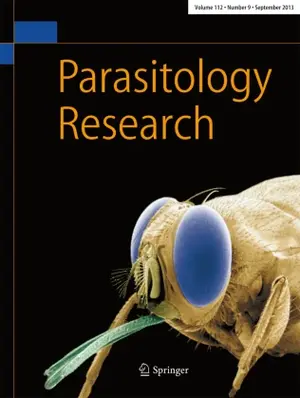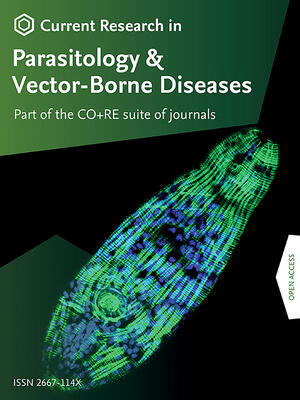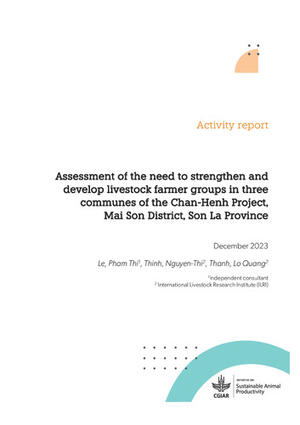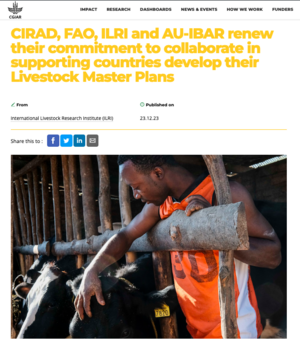
Comparative Rumen Metagenome and CAZyme Profiles in Cattle and Buffaloes: Implications for Methane Yield and Rumen Fermentation on a Common Diet
Abstract
A study was undertaken to compare the rumen microbial community composition, methane yield, rumen fermentation, and CAZyme profiles between cattle and buffaloes. The primary aim of this study was to ascertain the impact of the host species on the above when diet and environmental factors are fixed. A total of 43 phyla, 200 orders, 458 families, and 1722 microbial genera were identified in the study. Bacteroidetes was the most prominent bacterial phylum and constituted >1/3rd of the ruminal microbiota; however, their abundances were comparable between cattle and buffaloes. Firmicutes were the second most abundant bacteria, found to be negatively correlated with the Bacteroidetes. The abundances of Firmicutes as well as the F/B ratio were not different between the two host species. In this study, archaea affiliated with the nine phyla were identified, with Euryarchaeota being the most prominent. Like bacterial phyla, the abundances of Euryarchaeota methanogens were also similar between the cattle and buffaloes. At the order level, Methanobacteriales dominated the archaea. Methanogens from the Methanosarcinales, Methanococcales, Methanomicrobiales, and Methanomassiliicoccales groups were also identified, but at a lower frequency. Methanobrevibacter was the most prevalent genus of methanogens, accounting for approximately three percent of the rumen metagenome. However, their distribution was not different between the two host species.
CAZymes affiliated with five classes, namely CBM, CE, GH, GT, and PL, were identified in the metagenome, where the GH class was the most abundant and constituted ~70% of the total CAZymes.
The protozoal numbers, including Entodiniomorphs and Holotrichs, were also comparable between the cattle and buffaloes. Results from the study did not reveal any significant difference in feed intake, nutrient digestibility, and rumen fermentation between cattle and buffaloes fed on the same diet.
As methane yield due to the similar diet composition, feed ingredients, rumen fermentation, and microbiota composition did not vary, these results indicate that the microbiota community structure
and methane emissions are under the direct influence of the diet and environment, and the host species may play only a minor role until the productivity does not vary. More studies are warranted
to investigate the effect of different diets and environments on microbiota composition and methane yield. Further, the impact of variable productivity on both the cattle and buffaloes when the diet and environmental factors are fixed needs to be ascertained.
Citation
Malik, P.K., Trivedi, S., Kolte, A.P., Mohapatra, A., Biswas, S., Bhattar, A.V.K., Bhatta, R. and Rahman, H. 2024. Comparative Rumen Metagenome and CAZyme Profiles in Cattle and Buffaloes: Impli-cations for Methane Yield and Rumen Fermentation on a Common Diet. Microorganisms 12(1):47.










